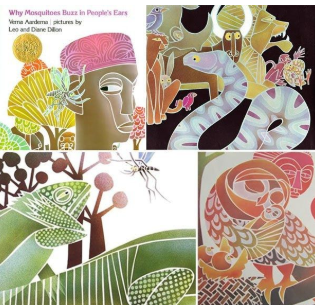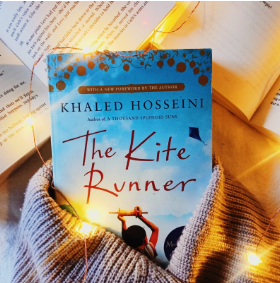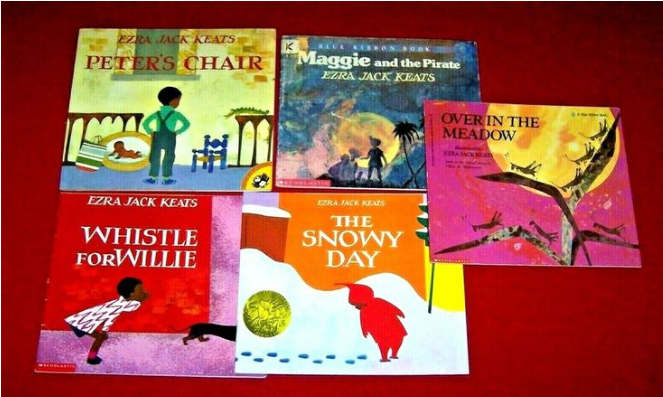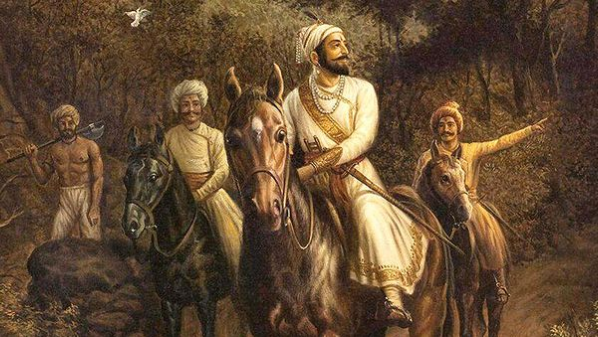In the rush of school schedules, work hours, and daily routines, family holidays or vacations often take a backseat. The constant hustle to meet deadlines at various fronts makes time fly by. Blink and we find our kindergarten-going child is now a cool teenager who finds holding your hand in public so uncool. This makes us realise that despite the unending deadlines, we need to take a pause, make time for our loved ones, and create moments and memories for all to revisit at a later time and be happy. Family holidays can become a tool not only of making lifetime memories but one of shaping the world views of our kids.
A holiday is synonymous with travel most of the time. It may be one’s ancestral home or a popular destination, a long-desired place on a bucket list, or just an unconventional choice. Whatever the option, travel is an immersive educational tool. There is a limit to what textbooks can teach. The real-time experiences of a holiday hold a world unique to themselves. A textbook or a pic cannot do justice to the stunning sunset view of the beach, the foggy, misty morning atop a mountain, or the warmth & aroma of dadi’s kitchen delicacies – they need to be experienced, felt, imbibed, and cherished by us.
As Saint Augustine once said, “The world is a book, and those who do not travel read only one page.” Taking kids on holidays exposes them to different cultures, traditions, and ways of life. This makes them curious about things and broadens their perspective.
In today’s digital age, where parents are glued to work emails and kids to YouTube videos, quality family time is becoming increasingly rare. Holidays offer the perfect excuse to unplug and reconnect.
Remember the joy of road trips as a child? Singing Bollywood songs at the top of your lungs, playing antakshari, and fighting over the window seat was the norm. Today, kids would find these amusing. According to a survey by the Family Holiday Association, “Children remember family vacations more vividly and fondly than toys and gifts.” The experiences of building sandcastles, going on jungle safaris, taking a shikara ride, or lazily reading a book in a houseboat become the stories that families laugh about for years to come.
Holidays provide an opportunity for kids to learn local customs and traditions. Rabindranath Tagore aptly said, “Don’t limit a child to your own learning, for he was born in another time.” Holidays allow kids to explore firsthand, making them more appreciative of their heritage and roots while opening their hearts to other cultures.
Family vacations aren’t just about the kids; they’re a well-deserved break for us parents too! The daily grind of work, household chores, and parenting can take a toll and call for a much-needed respite or break. A holiday allows parents to unwind and rediscover themselves. Happy, relaxed parents make for happy kids, making the trip enjoyable for everyone.
Travel is a one-of-a-kind teacher. Visiting the local flower market, handicraft bazaar, flea market by the beach at night, or the souvenir shop, they understand economics at play. A hike to the fort atop a hill teaches them endurance, science, and resilience. The efforts made to communicate in a new language instill confidence.
According to travel writer Pico Iyer, “We travel, initially, to lose ourselves; and we travel, next, to find ourselves.” While our kids may not enjoy all the different spots visits while on travel or may grumble about the weather conditions and other things, these very escapades shape their personalities, making them open to exploring new things and develop a curious mind.
Kids may not remember their birthday gifts given every year, but the first-ever visit to a beach or a popular destination is etched in memory forever. These are the moments that stick forever.
A study by the U.S. Travel Association found that “Adults who traveled with their families as children are more likely to value relationships, seek adventure, and have a sense of curiosity.” As parents, we often focus on academic achievements, but investing in experiences is just as crucial.
It’s not about the destination but the journey—those endless rounds of “Are we there yet?”, the excitement of packing travel essentials, and the joy of discovering new places together. These are the moments that make childhood special and parenting worthwhile.
As Dr. Seuss perfectly put it, “Sometimes you will never know the value of a moment until it becomes a memory.” Happy holidays!









